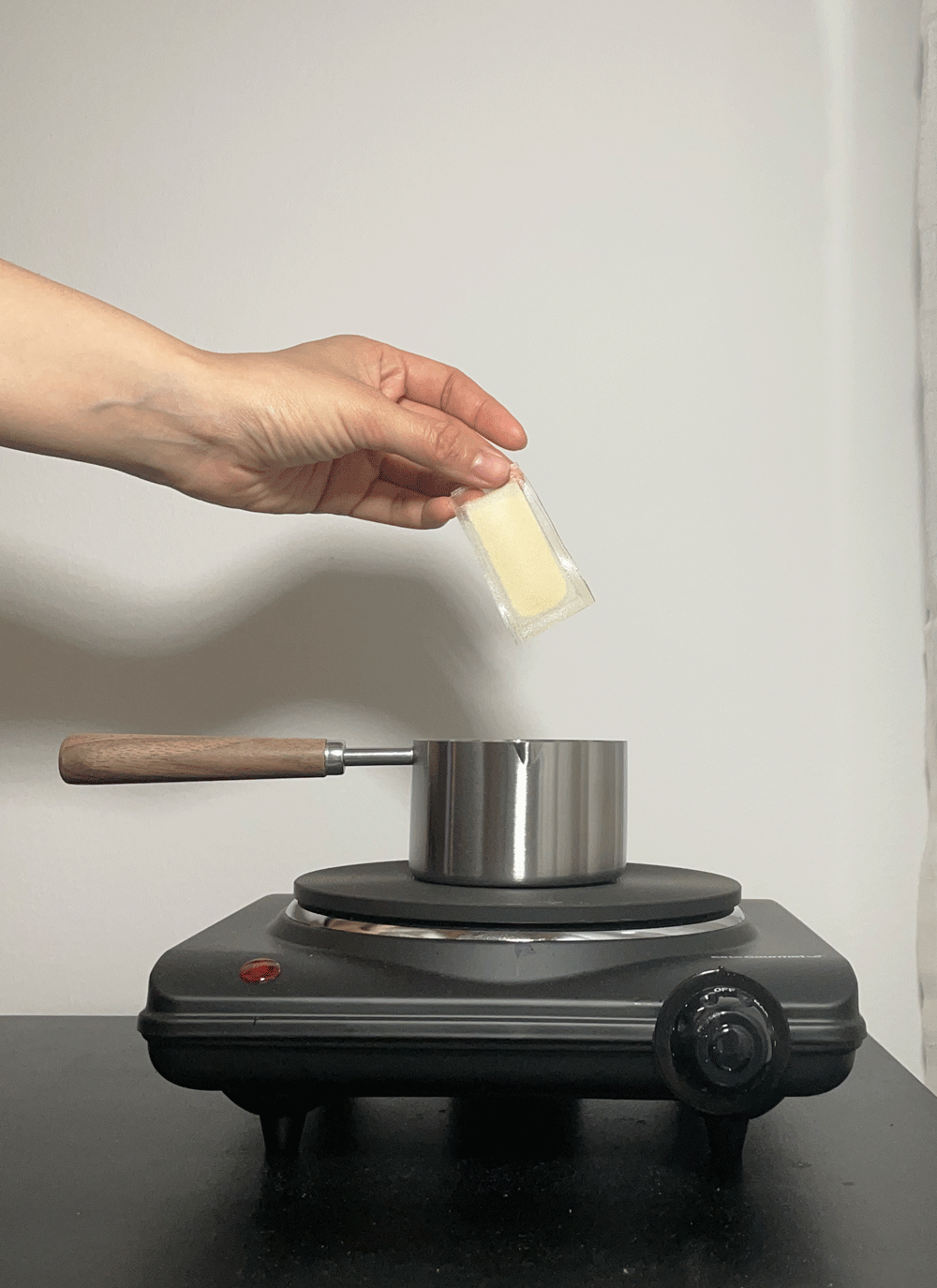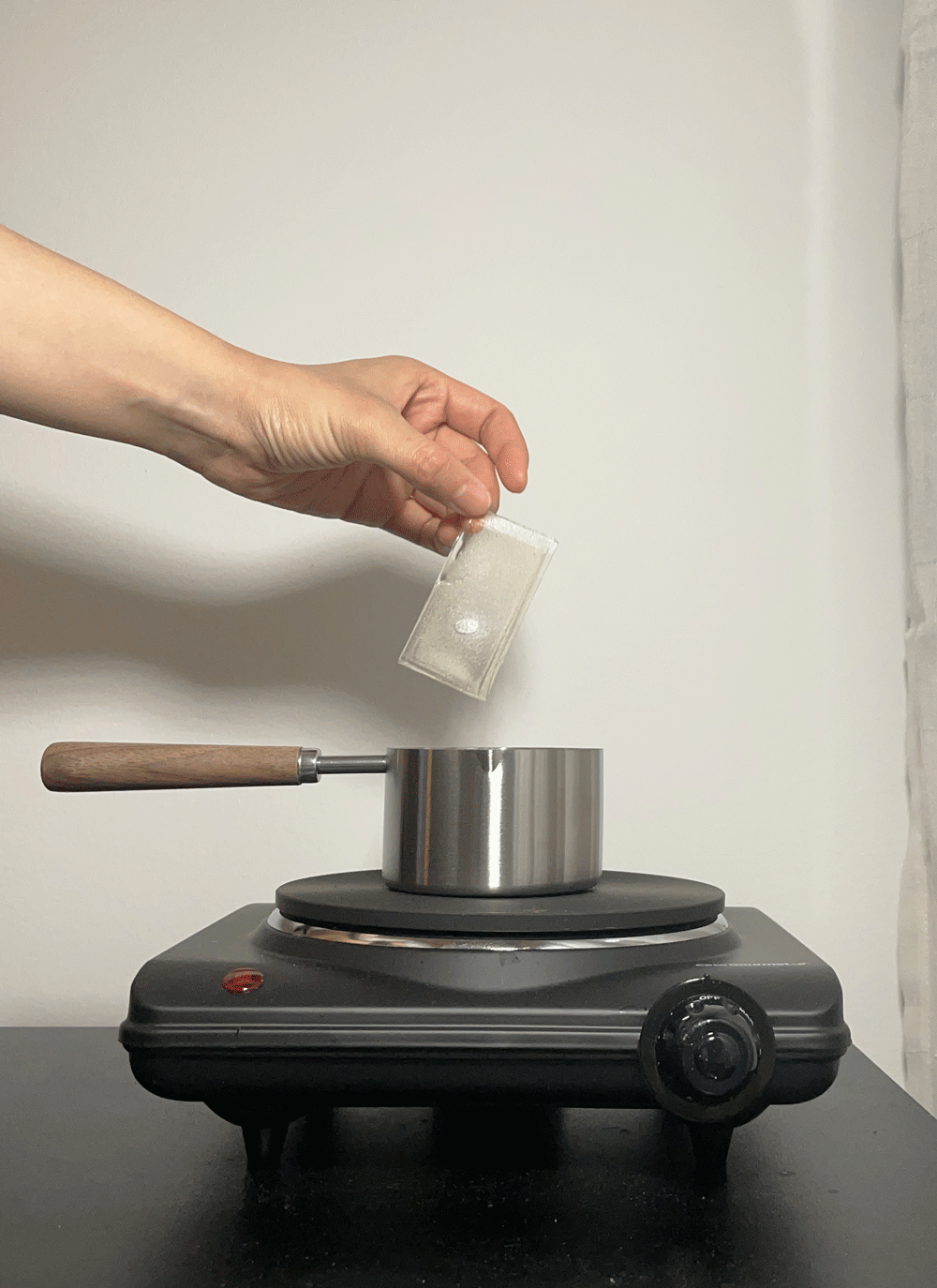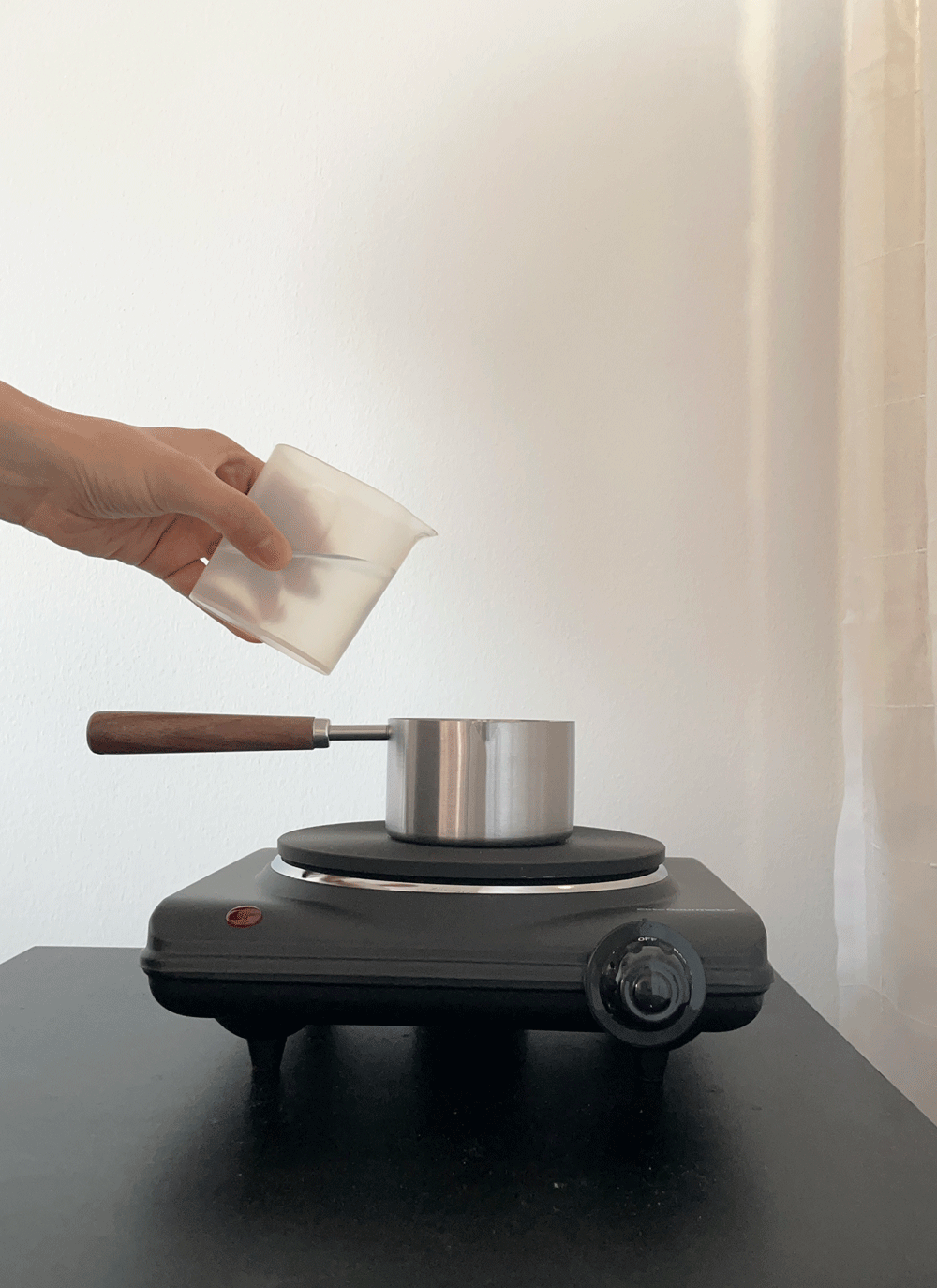D.I.Y.P is an agar agar bioplastic DIY kit that could allow users to experiment with the agar agar-based bioplastic and make it more accessible by reducing the process time and equipment.
https://americanhistory.si.edu/collections/nmah_2947
Since the first plastic was invented in 1869, plastic has been diversely used in our daily life and industry. The demand for plastic has increased dramatically and some experts call this current period as we're living in a plastic world. Plastic is easy to modify its form and has low cost in manufacturing, however, on the other hand, there have been some issues of disposal of the plastic.
https://ourworldindata.org/plastic-pollution
https://ourworldindata.org/how-much-plastic-waste-ends-up-in-the-ocean
According to the statistics, plastic has been disposed of in the ocean consistently and has become one of the serious factors of marine pollution. Marine pollution is a serious issue as it is directly connected to and affects the human food supply and health, and also destroys the eco systems.
The agar agar powder is obtained from the specific red algae. The powder can dissolve in the water and harden as a jelly-like substance when it is dried. In some Asian countries, it is often used for food or dessert.
It is interesting to build bio-based plastic with the material that is harvested from the ocean which also could return to the ocean and dissolve in the water.
Utilizing the agar agar powder, people can experiment and make bioplastic. There are many bio-plastic "cooking recipes" released to the public, however, for people who have less confidence in cooking, or who have terrible cooking skills, those recipes and instructions are difficult to follow. Also, it is hard to control the quality and quantity of the material when users are producing it on a house level outside of the lab environment. There are some problems with humidity and temperature controls and equipment limitations.
From those experiences, this D.I.Y.P. project came out. The title means that it is the agar agar based bioplastic making DIY kit that could be possibly stretched to the physical computation. This is a research-based project and using the pod, users can easily create bio plastic by simply boiling the pod with water. It reduces the time for the user for the measurement process and it could provide the comparatively consistent quality of the material.
After few failures and experiments, using this recipe and based on the material, some bioplastic materials were made.
Though using the same measurement, depending on the brand of the product, it came out with different texture, color and stiffness.
Then how to make those materials more accessible? A pod or small package is portable and easy to transform. I tried to apply some designs of the pods in the market and thought that a basic rectangular shape like a Ketchup packet would be easier and portable. And here's my 1st version of the DIY Pod.
Before moving on, there were 2 big questions; how to transform those materials into the pod? and how to fill them?
I tried several methods and found this low-heat hair straightener. It heats the plate to 60 Celsius degree so when held and pressed the material for a few minutes, it could melt the edge of the 2 pieces of the material into one layer.
I tried several methods and found this low-heat hair straightener. It heats the plate to 60 Celsius degree so when held and pressed the material for a few minutes, it could melt the edge of the 2 pieces of the material into one layer.
And for the next step, How do add the agar inside of the packet? I tested with those 3 versions on the below and chose the 2nd version for the kit.
This is a rough version of what the kit would be like. There are 2 packets of the pods and one melting pot. Users can add 1 pod from agar agar powder pod, 1 pod from the glycerin pod, and 50ml of the water to the melting pot and boil for about 4 minutes till the material thickens and turns into yellowish color.
The packages including the pods are also made out of bioplastic, which are melted from the failed bioplastic batches.



Users can add 1 agar agar powder pod, 1 glycerin pod, and 50ml of the water to the melting pot and boil for about 4 minutes till the material thickens and turns into yellowish color. Then they can pour on the flat surface or any mold as they want and experiment with the shape.
HOWEVER, IT LEAKED AFTER FEW WEEKS...
SO HERE'S A 2ND VERSION
SO HERE'S A 2ND VERSION
There's an inner pocket and an outer pocket for the pod. The first pocket is trimmed on the edges to make the piece a bit smaller to fit into the outer pocket, and then filled with glycerin and sealed.
Before filling the outer pocket with the agar agar powder, the inner pocket is added in the middle of the outer pocket, and on the rest of the space, the power would be filled and finally, the outer pocket would be sealed.
This is a sneak peek of the D.I.Y.P agar agar bioplastic kit. There's one instruction card on the top of the package showing what's included in this kit. There are 2 different pockets; one pocket with 1 square pod and the other package with 3 agar agar powder pods that the user can add freely to play around with the different results.
The package of the pod is made out of unsuccessful bioplastics leftover debris and an additional 18g of salt (approximately 5% of the salt in one batch). It is conductive so if user can repurpose it or remelt it. After melting those ingredients and drying, the material is trimmed and melted on the edges and becomes a pocket.
For further research and development, one of the goals is to create physical computation projects utilizing this DIY kit. Also as heating appliances, such as hair straighteners and induction heating, use lots of energy, I'd like to make some device or find a better process to reduce the energy consumption while using the DIY kit.
